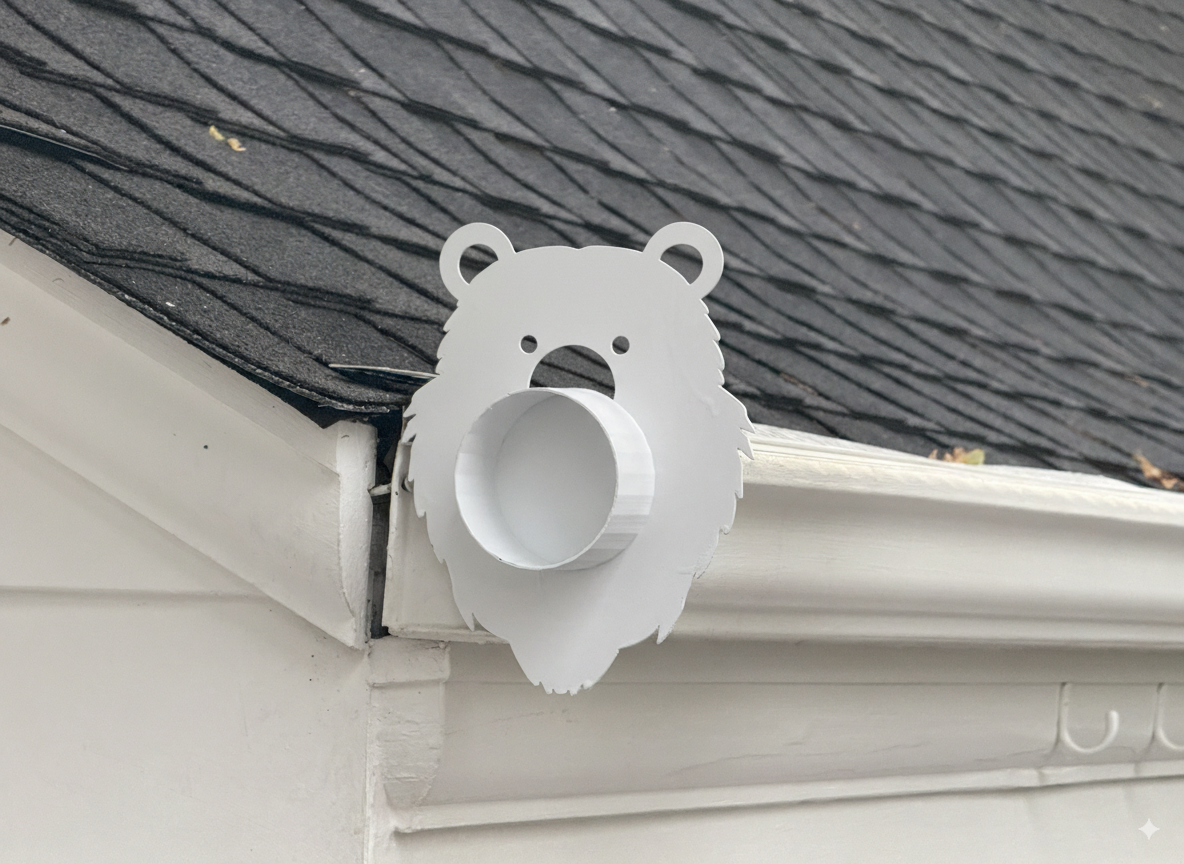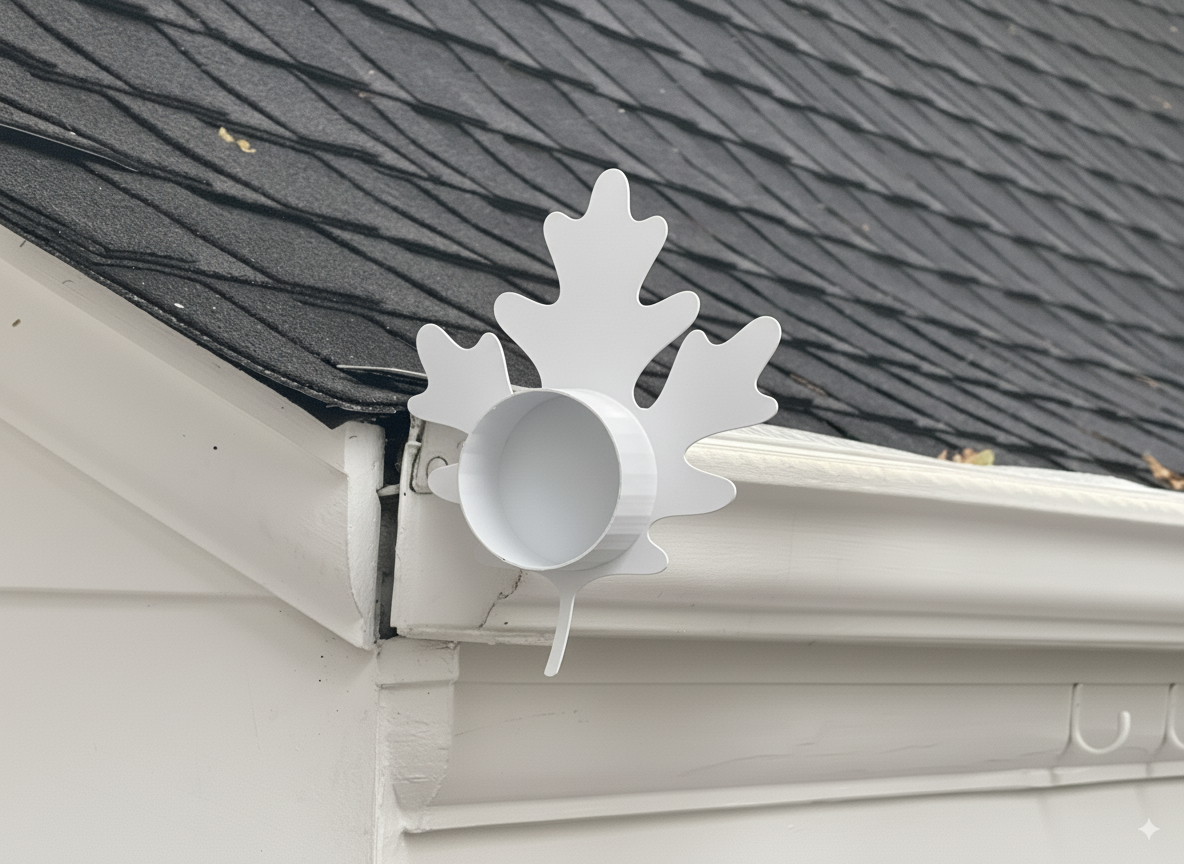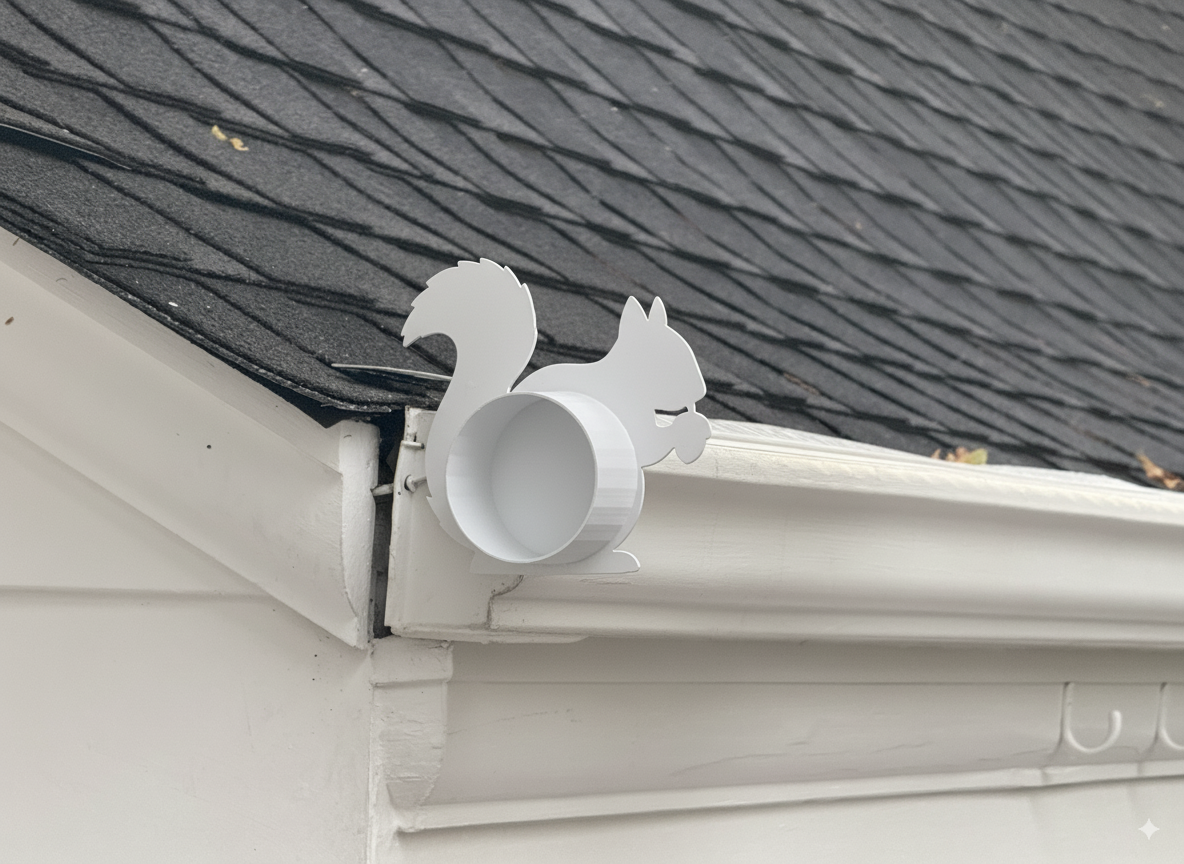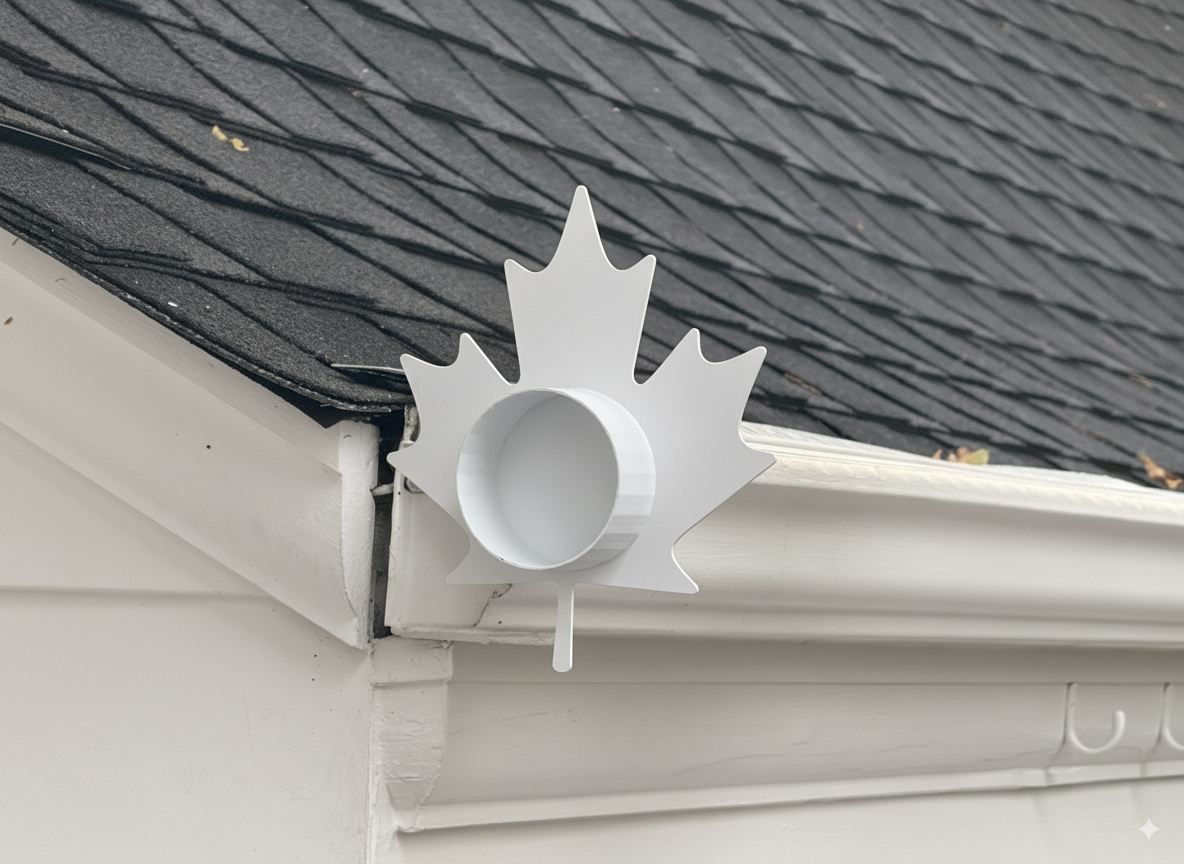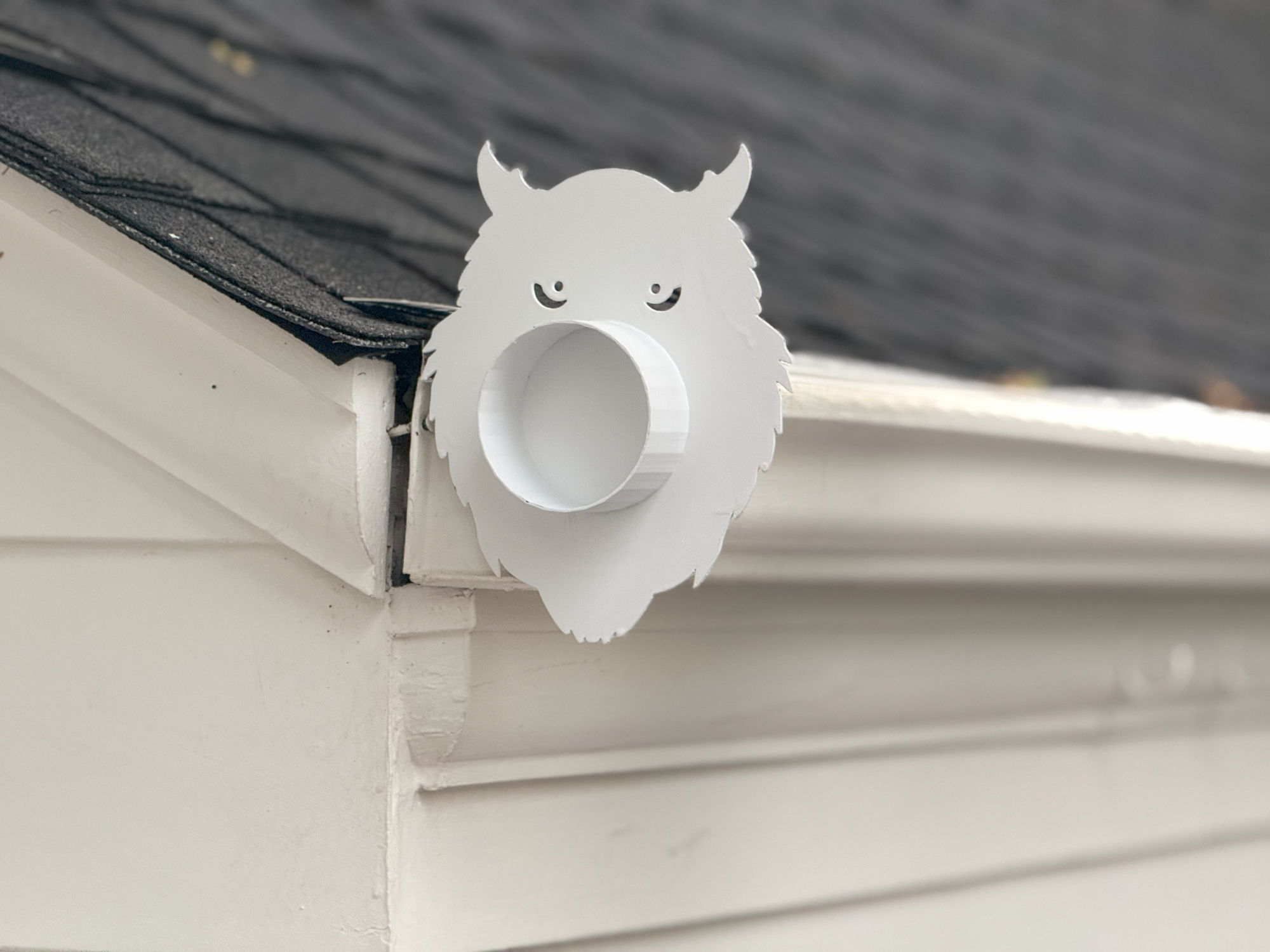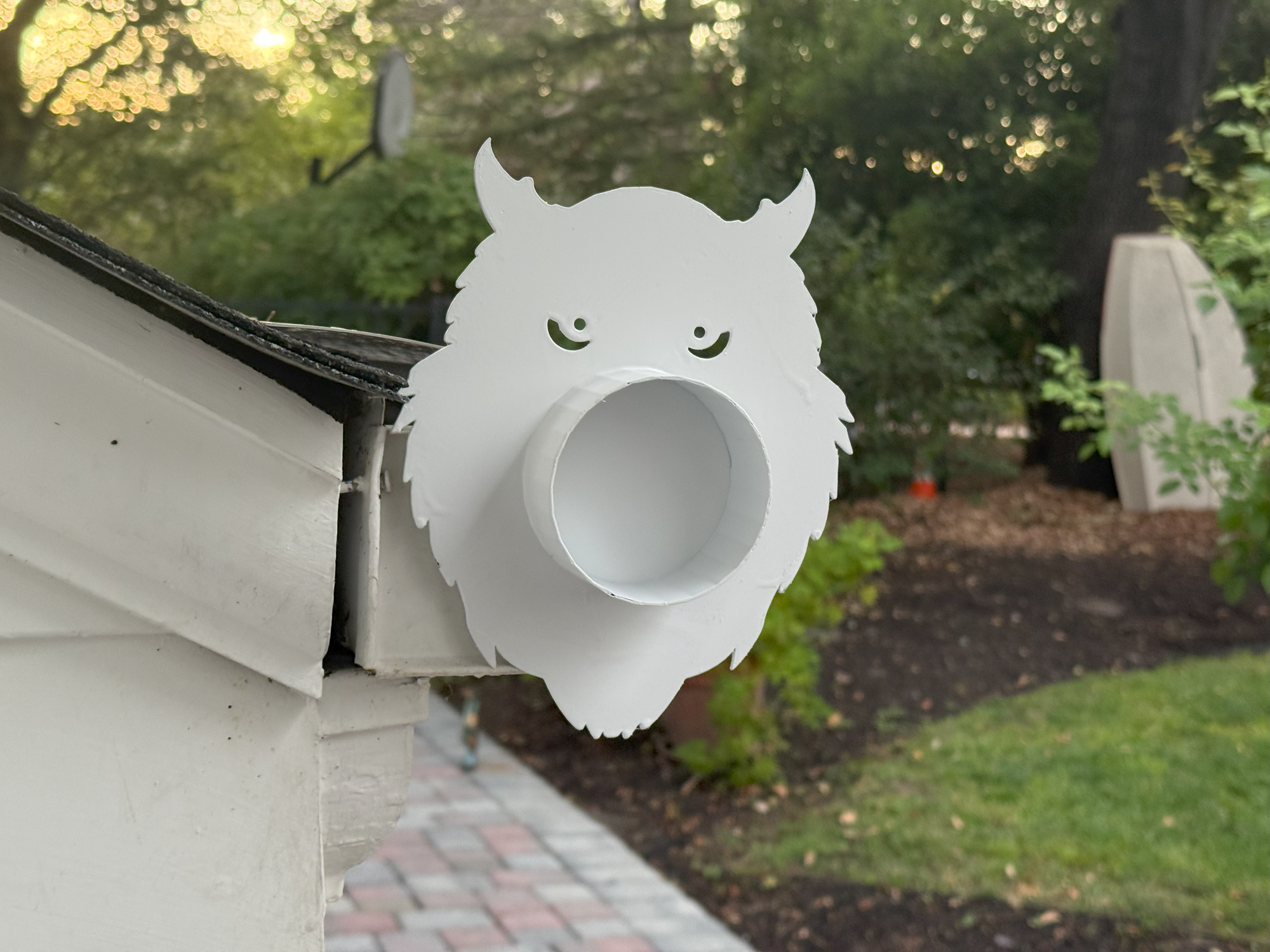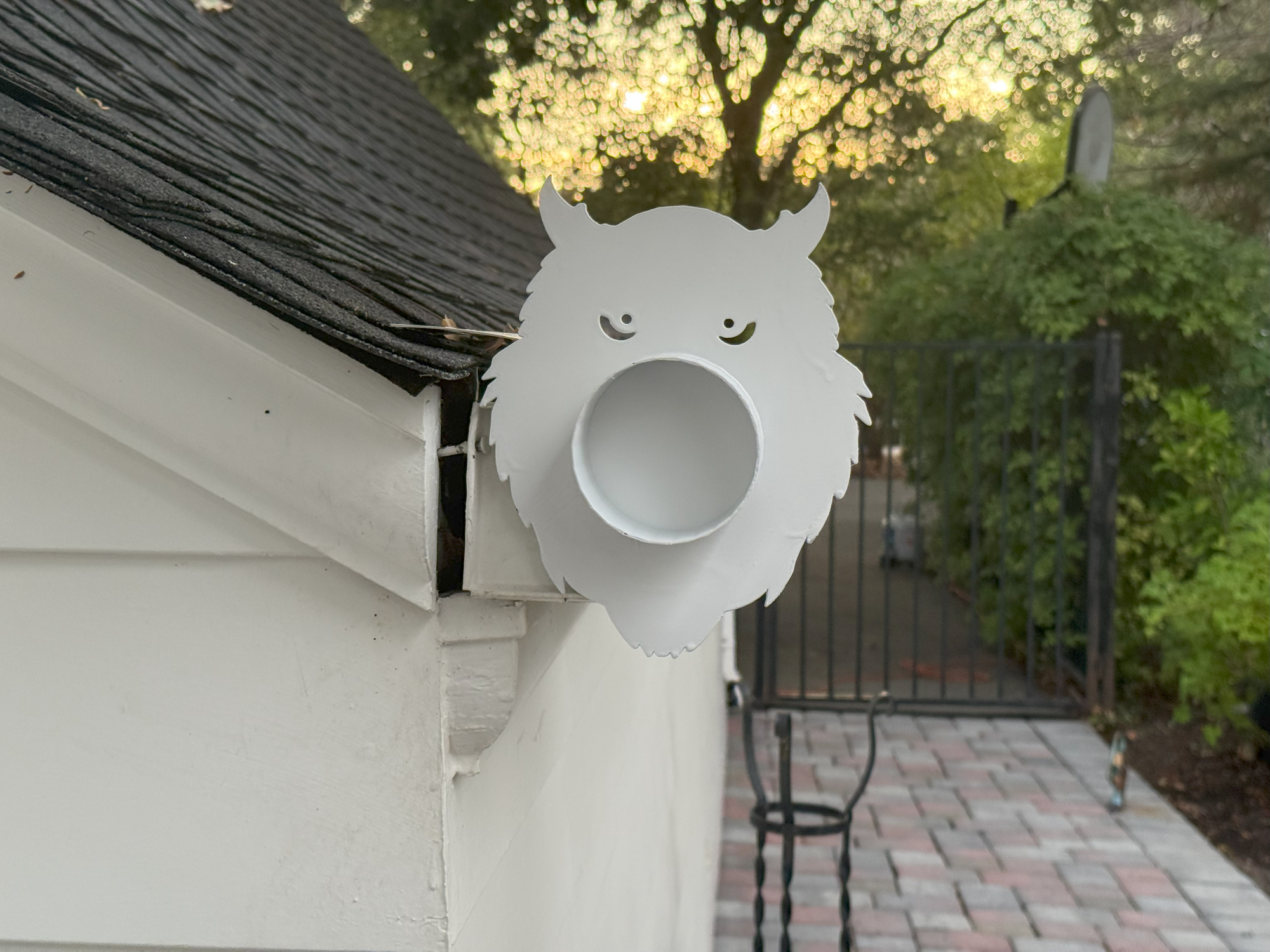Essential Drone Training Exercises Every Pilot Should Master
Flying drones is more than just pressing a joystick—it’s about precision, awareness, and control. Whether you’re a beginner learning the basics or a commercial pilot sharpening your skills, regular training exercises are the key to safe and confident flight.
This guide covers the most effective drone practice drills that help improve stability, accuracy, and decision-making in real-world situations.
Why Drone Training Matters
- Safety: Reduce the chance of crashes and accidents.
- Confidence: Build muscle memory for smoother, stress-free flights.
- Readiness: Prepare for commercial jobs, client expectations, and FAA regulations.
- Professionalism: Skilled pilots stand out in industries like real estate, construction, and mapping.
Core Drone Training Exercises
1. Hover Practice
Objective: Hold your drone in place at a fixed altitude and position.
Skill Built: Stability and precision.
Tip: Practice at different heights and in light wind conditions to improve control.
2. Box Pattern
Objective: Fly in a square path—forward, right, backward, and left.
Skill Built: Orientation awareness and smooth directional control.
Tip: Perform both nose-in and nose-out to challenge your spatial awareness.
3. Altitude Shifts
Objective: Move up and down in controlled increments.
Skill Built: Vertical awareness and throttle finesse.
Tip: Add camera gimbal adjustments while shifting altitude for professional practice.
4. Figure Eight Drill
Objective: Fly in a horizontal “8” pattern around two markers.
Skill Built: Coordination and smooth turning.
Tip: Practice clockwise and counterclockwise to balance your control.
5. Orbit (Circle Flight)
Objective: Circle smoothly around a subject while keeping the camera centered.
Skill Built: Cinematic movements and subject tracking.
Tip: Use manual control first before relying on automated orbit modes.
6. Emergency Landing Drill
Objective: Practice bringing your drone down quickly and safely.
Skill Built: Crisis readiness and calm reaction.
Tip: Simulate different scenarios: low battery, sudden wind gusts, or GPS loss.
Pre-Flight Safety Checklist
- Check weather and wind conditions.
- Inspect your drone for damage or loose parts.
- Confirm GPS lock and home point.
- Make sure batteries are fully charged.
- Scan for obstacles and set a safe training zone.
Final Thoughts
Drone training exercises aren’t just for beginners—they’re essential habits for all pilots. Consistent practice leads to smoother flights, better footage, and fewer accidents. By mastering these drills, you’ll not only boost your skills but also stand out as a reliable, professional drone operator.
Pro Tip: Ready to level up your flying? Explore our Drone Training Accessories collection for landing pads, practice markers, and gear that make training more effective.






